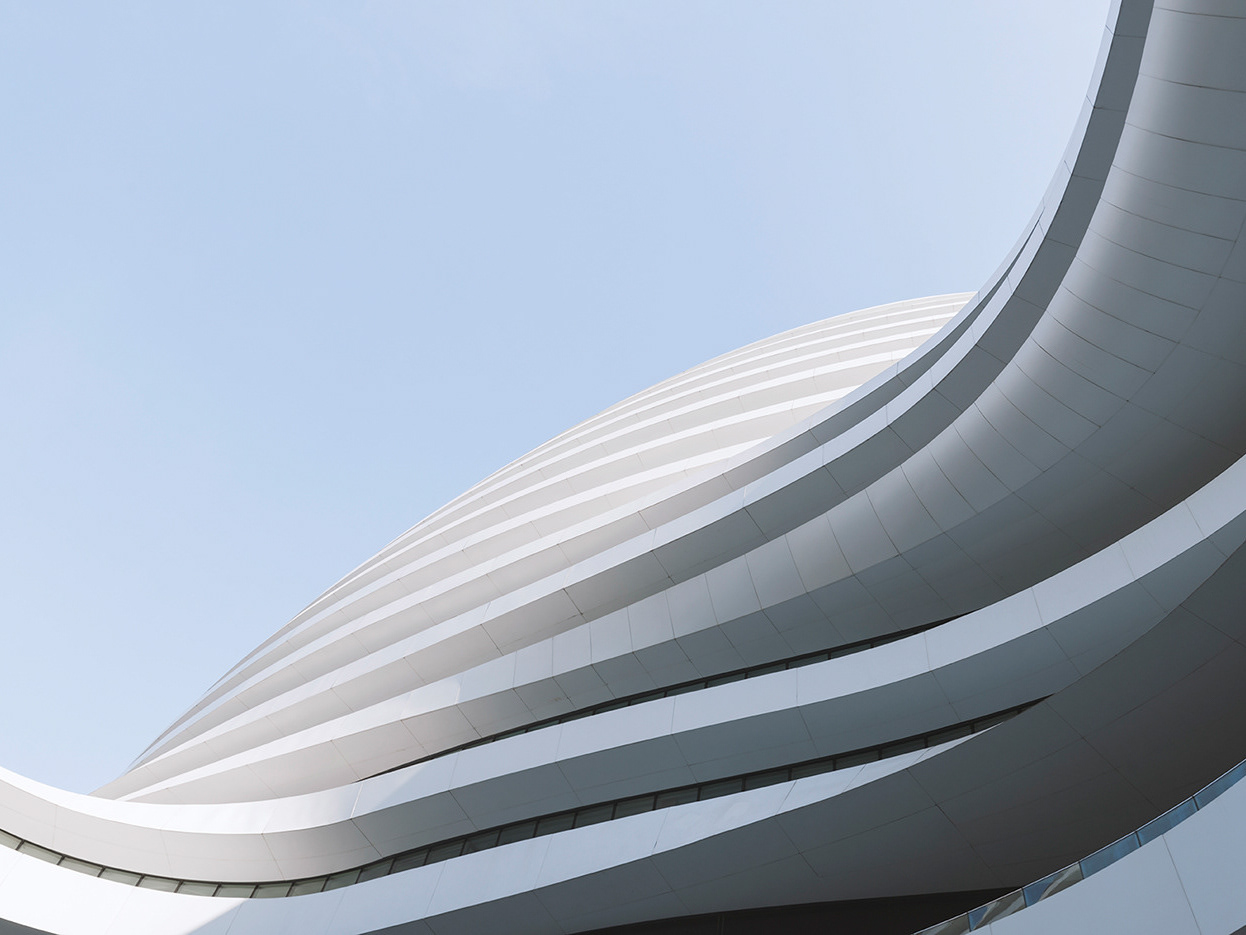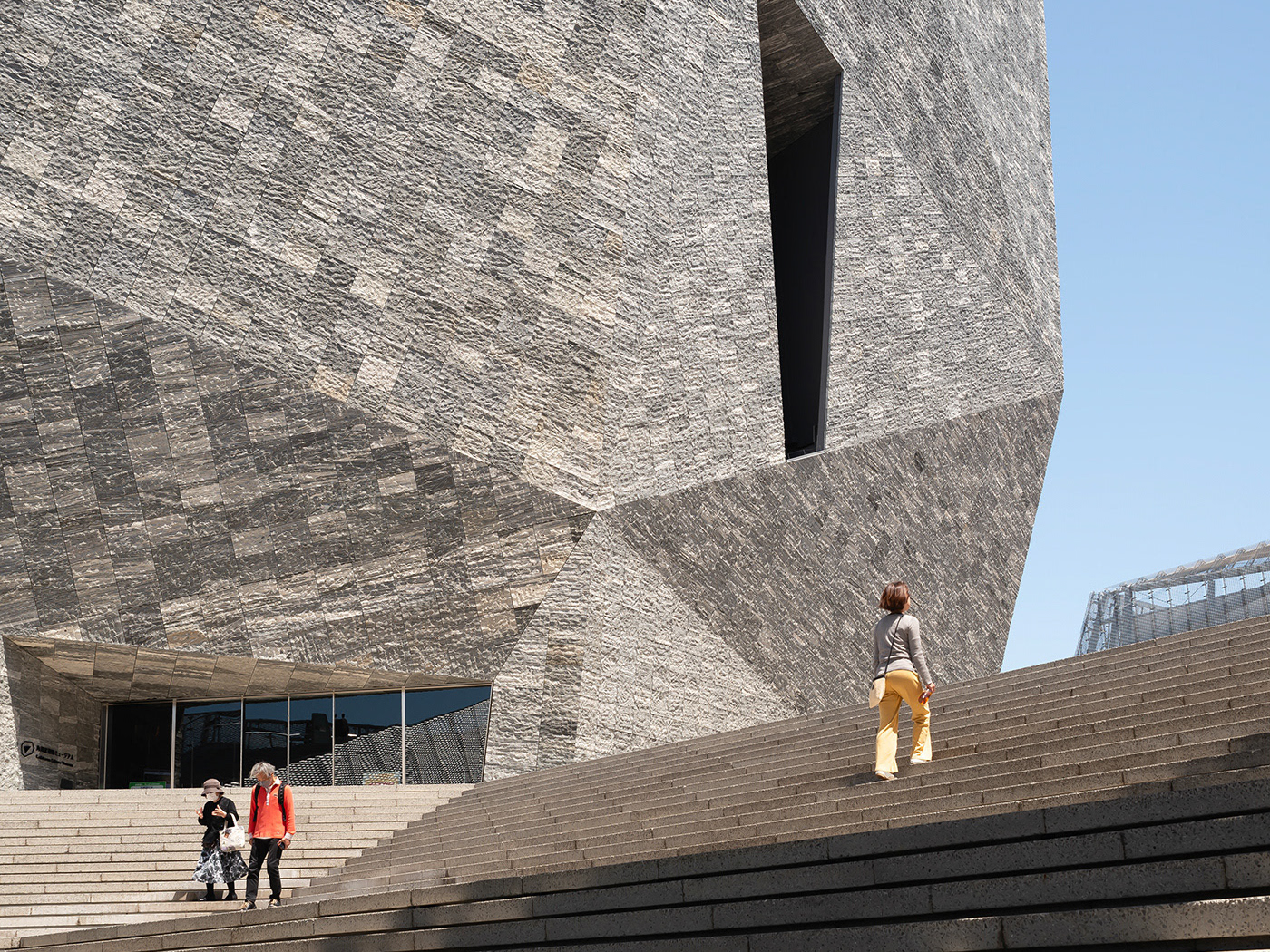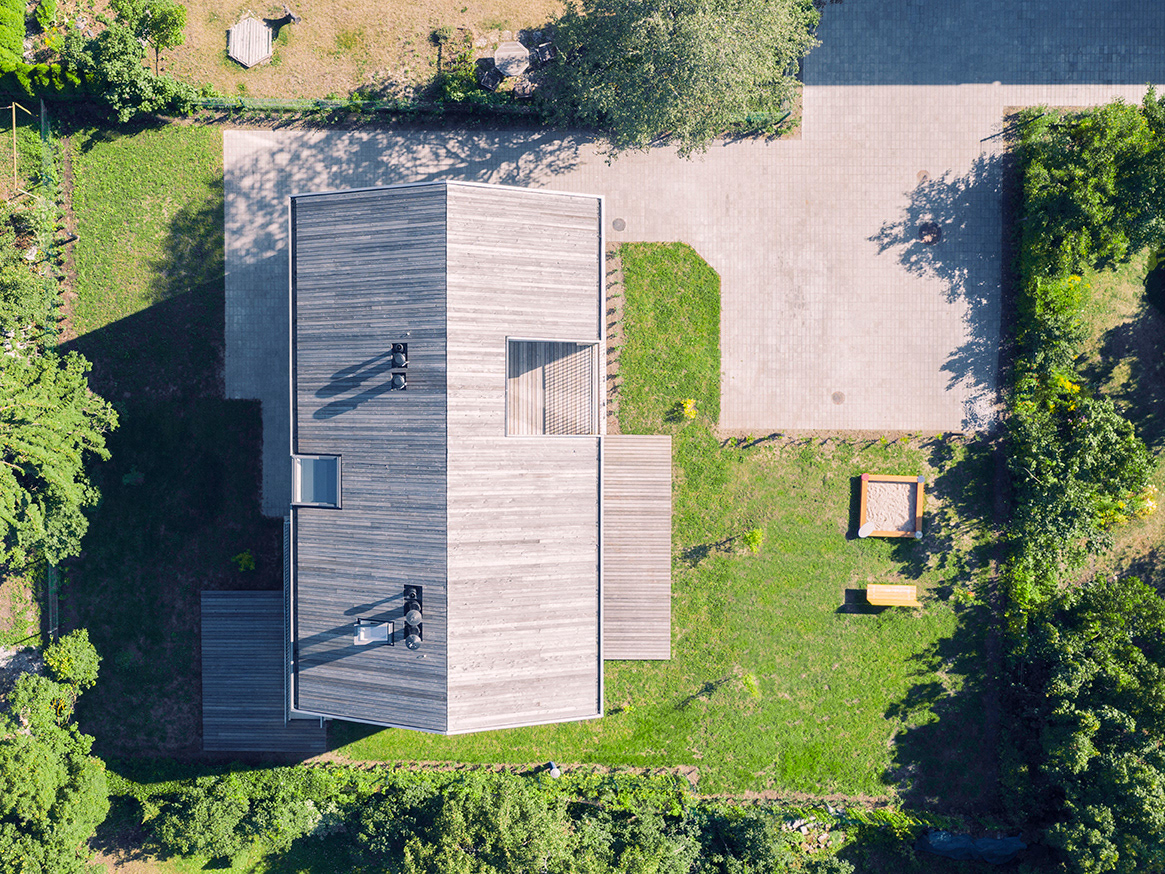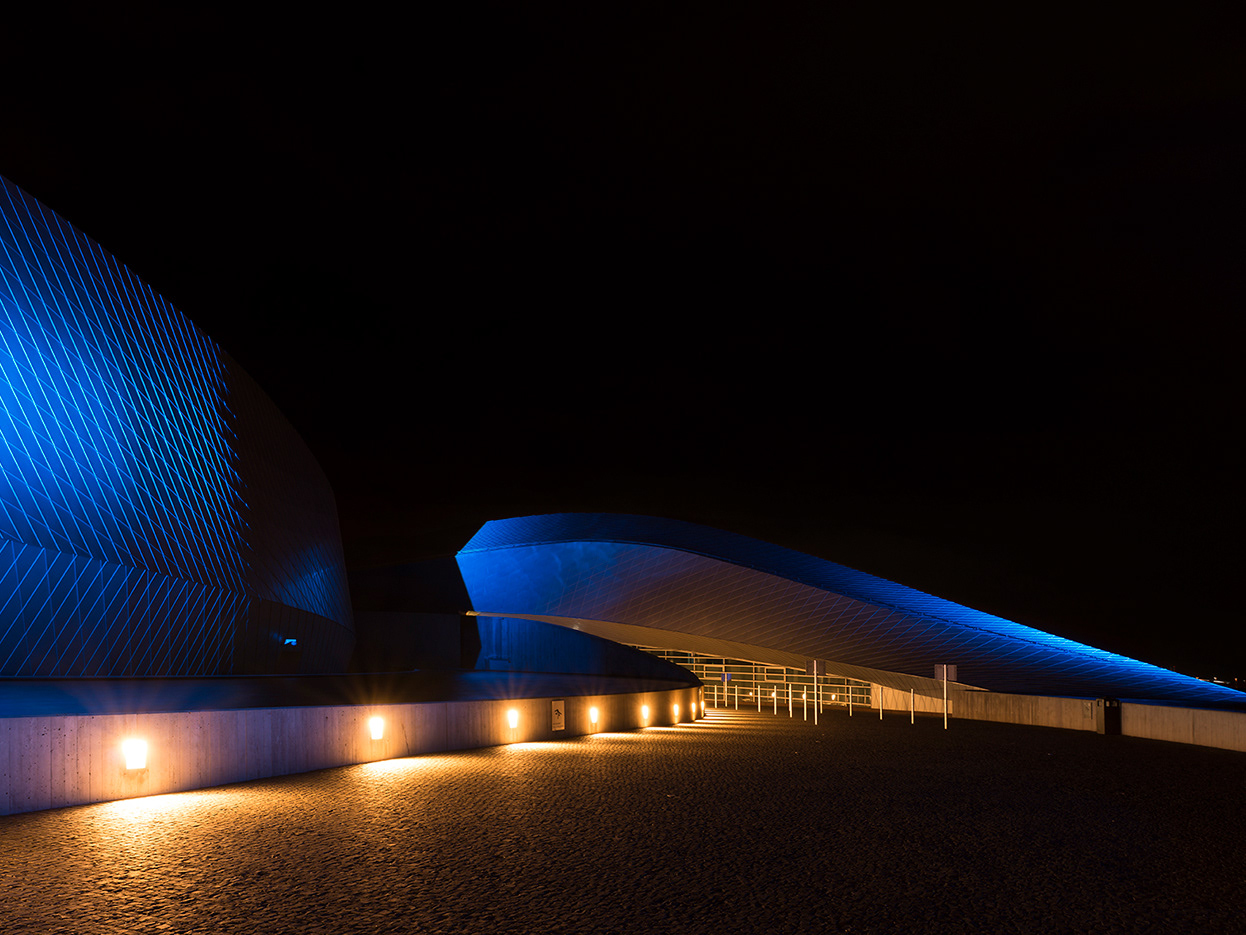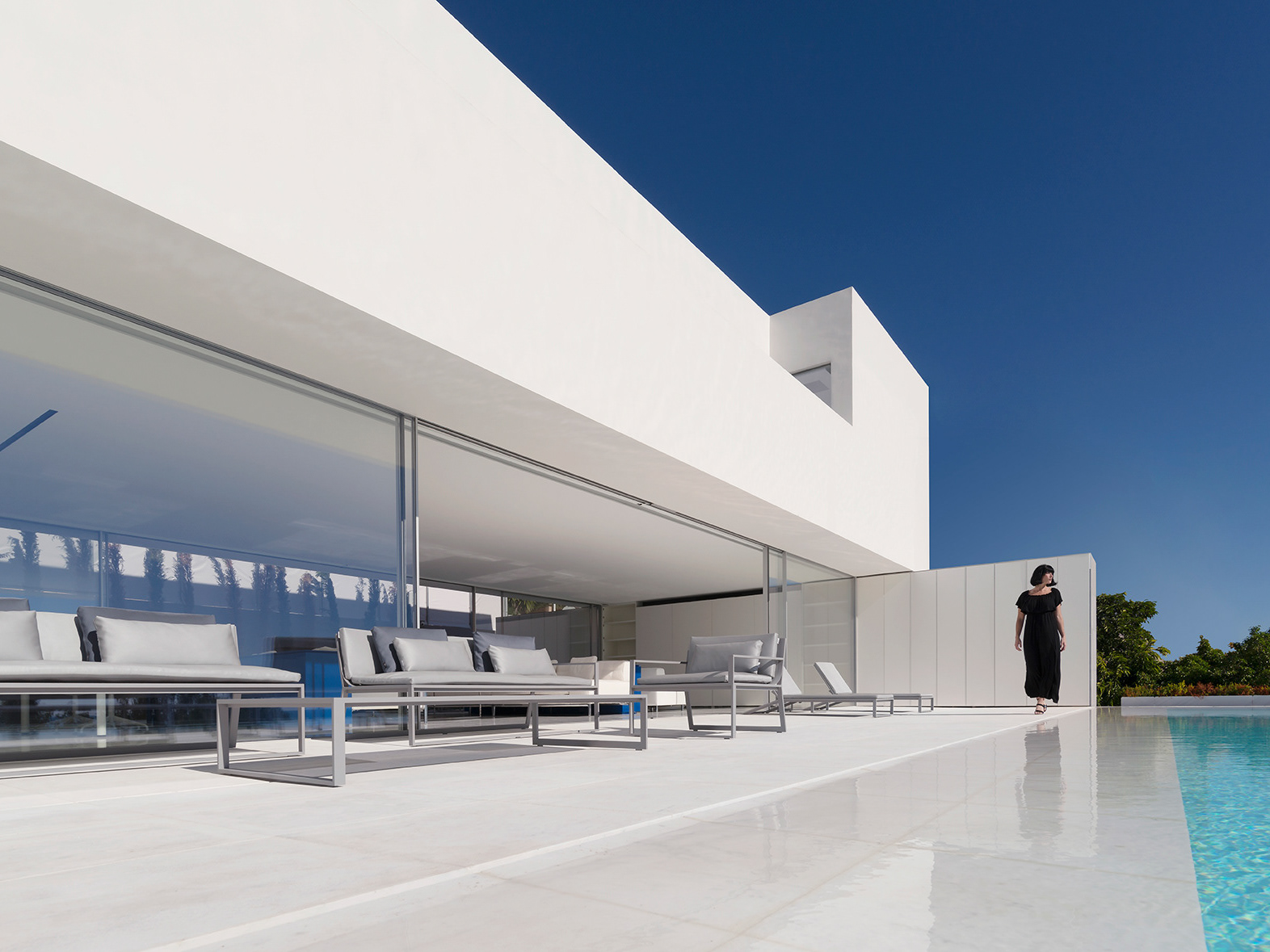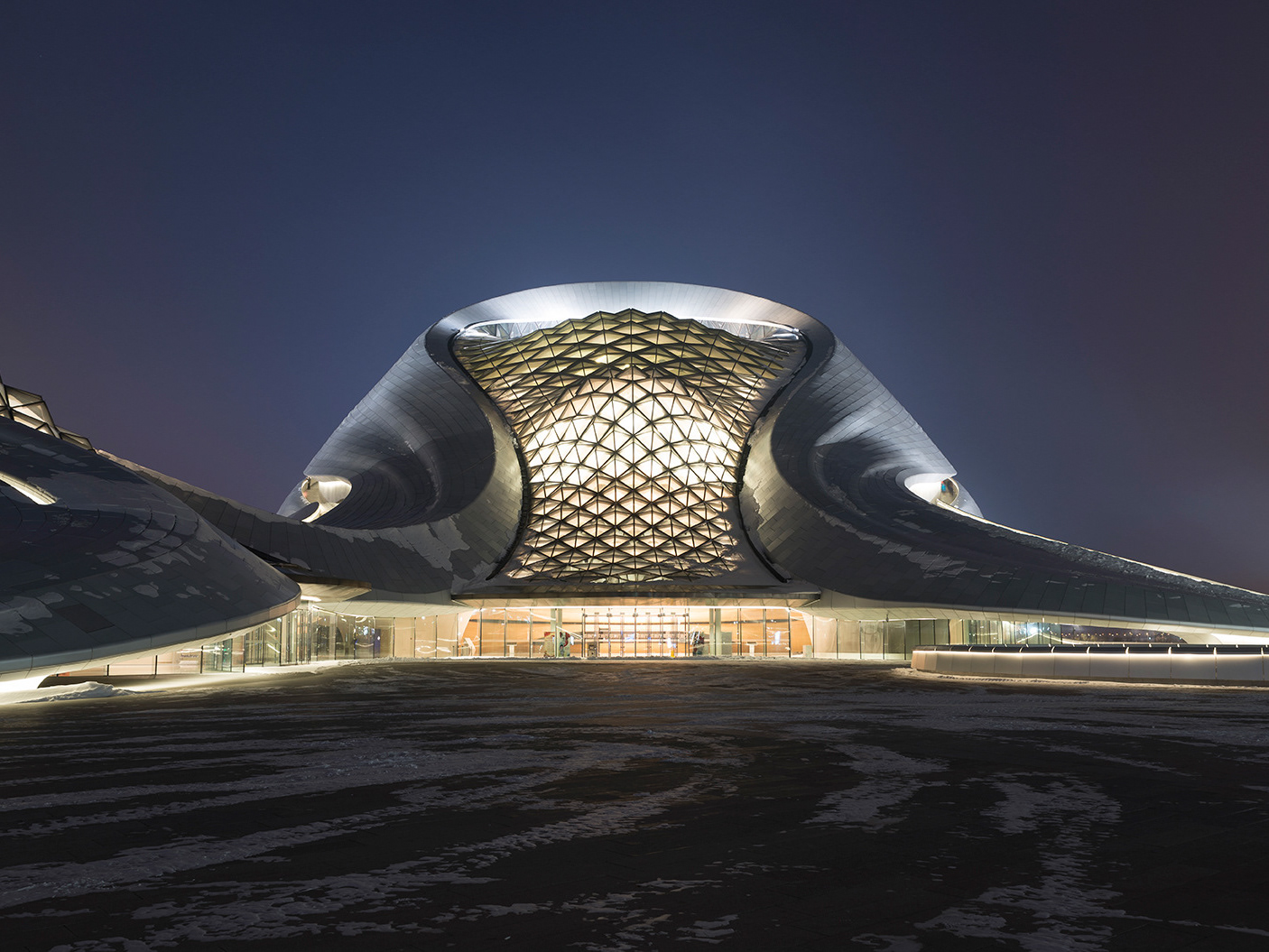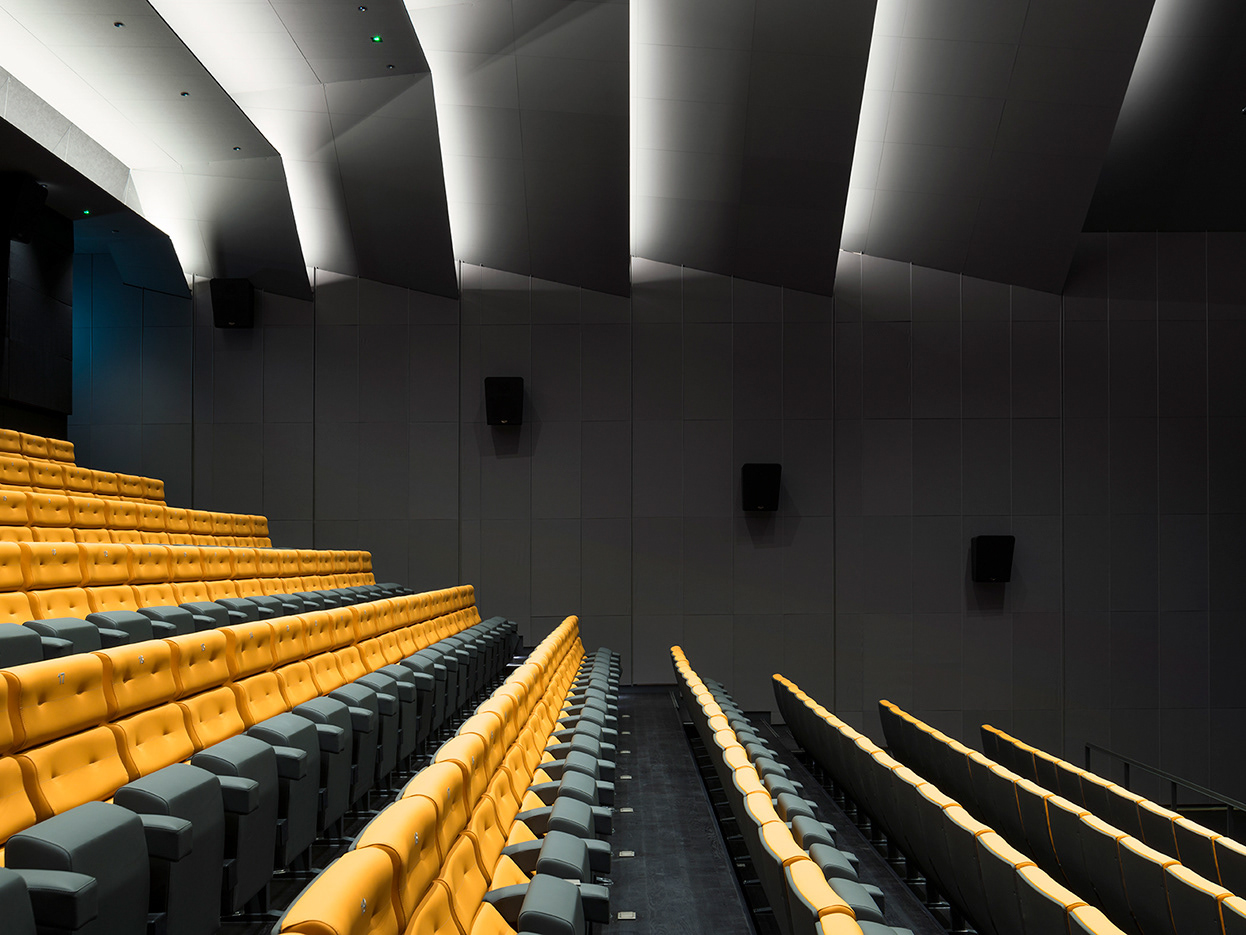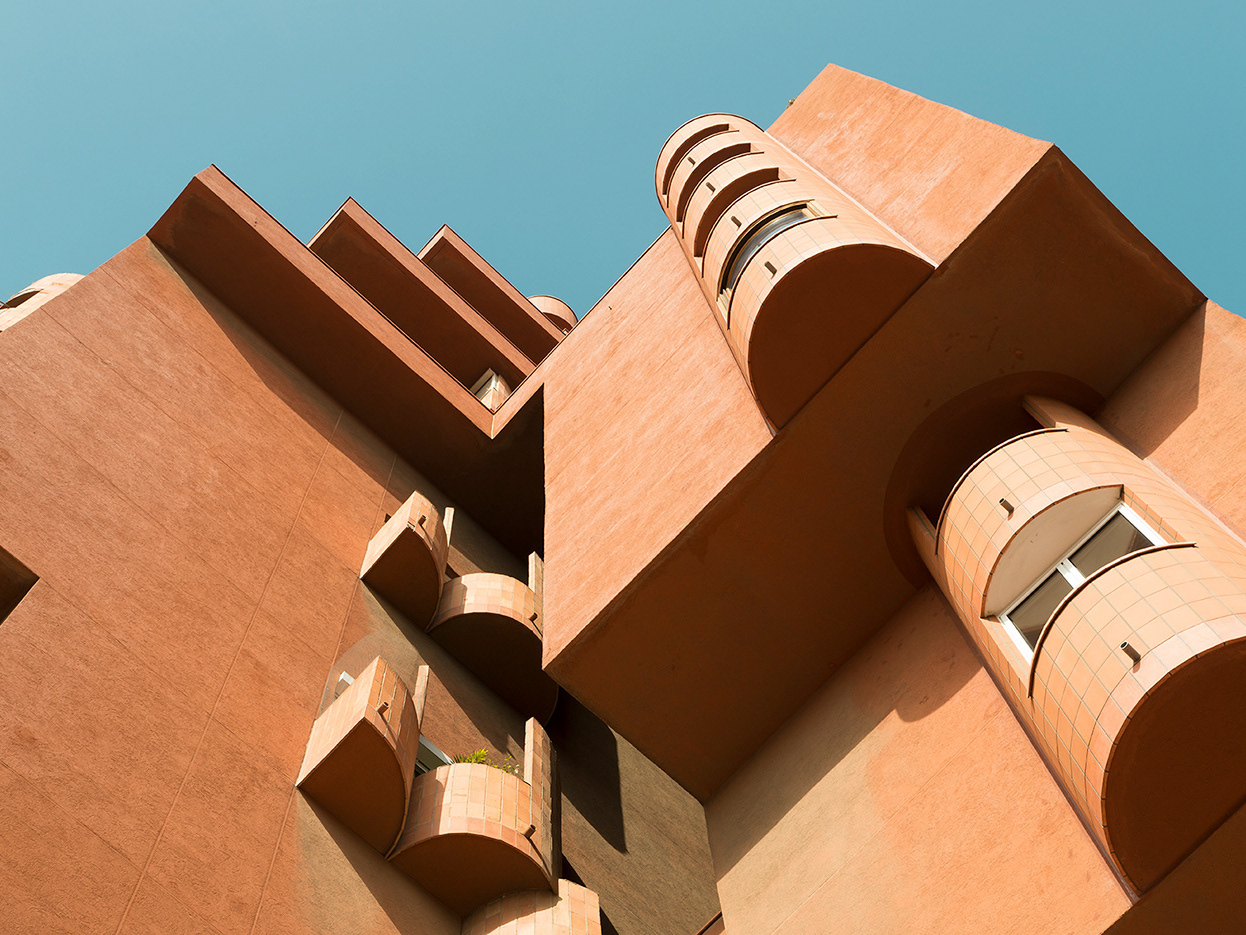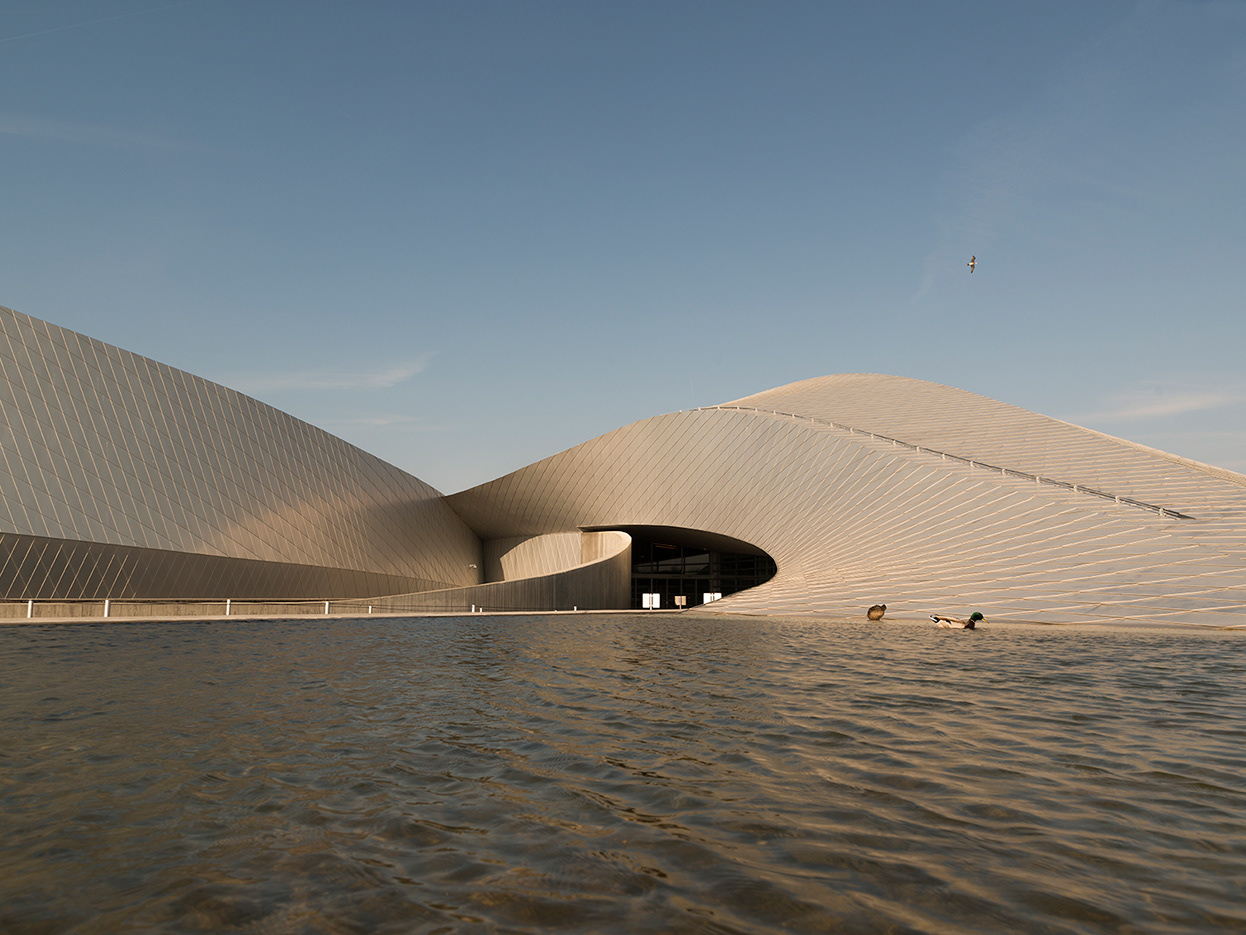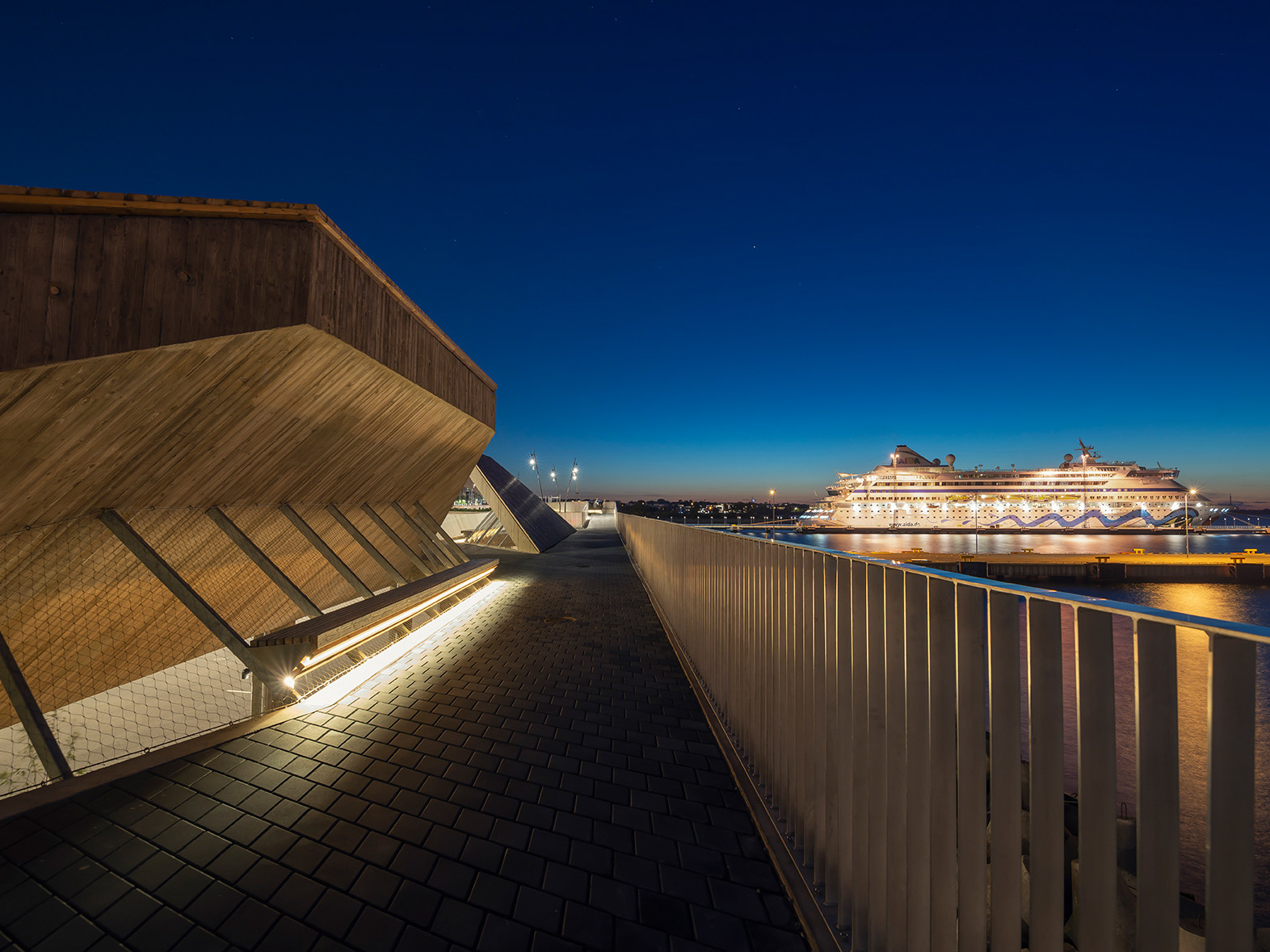Public toilets are a symbol of Japan's world-renowned hospitality culture. That’s why the non-profit organization The Nippon Foundation, together with the city-neighborhood of Shibuya, have commissioned 16 leading figures in the contemporary architecture and design field, including several Pritzker Prize winners, to design 17 public toilets in different locations within the Shibuya district.
The idea for this initiative came from Koji Yanai, board director and senior executive officer of the Fast Retailing group. He believed that even a public toilet, one of the smallest forms of public architecture, could change the world. This notion, together with the influence of the concept of Omotenashi, shaped The Tokyo Toilet Project. Omotenashi is often translated as Japanese hospitality, but it’s a term that goes far beyond that: Japanese people conceive hospitality as a set of unnoticeable gestures, done without any expectation (free of charge) and that are tailor made for each guest.
The goal of the project was to apply the highest level of creativity into the most fundamental activities. To achieve this, Koji Yanai contacted these creators one by one. Architects, product designers, interior designers, fashion designers, creative directors, professors.…
To address this project, the first step was to listen to the community and their feedback about public toilets. The overall feeling about the public toilets was that they were dark, dirty, scary, smelly, dangerous for women, not friendly for people with disabilities, not child friendly, and hard to locate. With all this in mind, it was time for the different creators to put collectivity first, using design and technology to meet the needs of the community.
Besides the design, another of the key elements of this project is the commitment. These toilets were conceived to make a difference, and maintenance and cleanliness play a vital role in that. That’s why these toilets are cleaned 3 times per day, There’s even a website informing of any possible breakdowns of each toilet. Quite impressive for free of charge public toilets.
The result is just mesmerizing: Tokyo’s state of the art public toilets. From voice activated toilets to transparent ones that become opaque once you lock the door. That’s how public toilets went from a place people wanted to avoid to a place people wanted to visit.
The idea for this initiative came from Koji Yanai, board director and senior executive officer of the Fast Retailing group. He believed that even a public toilet, one of the smallest forms of public architecture, could change the world. This notion, together with the influence of the concept of Omotenashi, shaped The Tokyo Toilet Project. Omotenashi is often translated as Japanese hospitality, but it’s a term that goes far beyond that: Japanese people conceive hospitality as a set of unnoticeable gestures, done without any expectation (free of charge) and that are tailor made for each guest.
The goal of the project was to apply the highest level of creativity into the most fundamental activities. To achieve this, Koji Yanai contacted these creators one by one. Architects, product designers, interior designers, fashion designers, creative directors, professors.…
To address this project, the first step was to listen to the community and their feedback about public toilets. The overall feeling about the public toilets was that they were dark, dirty, scary, smelly, dangerous for women, not friendly for people with disabilities, not child friendly, and hard to locate. With all this in mind, it was time for the different creators to put collectivity first, using design and technology to meet the needs of the community.
Besides the design, another of the key elements of this project is the commitment. These toilets were conceived to make a difference, and maintenance and cleanliness play a vital role in that. That’s why these toilets are cleaned 3 times per day, There’s even a website informing of any possible breakdowns of each toilet. Quite impressive for free of charge public toilets.
The result is just mesmerizing: Tokyo’s state of the art public toilets. From voice activated toilets to transparent ones that become opaque once you lock the door. That’s how public toilets went from a place people wanted to avoid to a place people wanted to visit.
A Walk in the Woods (Nabeshima Shoto) Park, designed by Kengo Kuma.
Higashi Sanchome, designed by product designer Nao Tamura.
Yoyogi Fukamachi Mini Park, designed by architect Shigeru Ban.
Vessels and Fountains (Nishisando). Designed by architect Sou Fujimoto.
Monumentum (Hiroo Higashi Park). Designed by Creative Director Tomohito Ushiro.
Haru-no-Ogawa Community Park, designed by Architect Shigeru Ban.
The House (Jingumae). Designed by Fashion Designer NIGO.
Ebisu East Park, designed by Architect Fumihiko Maki.
White (Ebisu Station, West Exit). Designed by Creative Director Kashiwa Sato.
Modern Kawaya (Ebisu Park). Designed by Interior Designer Masamichi Katayama / Wonderwall.
Urasando, designed by Industrial Designer Marc Newson.
Andon Toilet (Nishihara Itchome Park). Designed by Architect Takenosuke Sakakura.
AMAYADORI (Jingu-Dori Park). Designed by Architect Tadao Ando.
Three Mushrooms (Yoyogi-Hachiman). Designed by Architect Toyo Ito.
…With Toilet (Hatagaya). Designed by Professor Miles Pennington / UTokyo DLX Design Lab.
Hi Toilet - a “contactless” toilet (Nanago Dori Park). Designed by Creative Director Kazoo Sato / Disruption Lab Team.
Toilet Of The Town Lights (Sasazuka Greenway). Designed by Architect Junko Kobayashi.
Maintenance and cleaning works being done at the toilets.
Thank you all!
Limited edition prints available.
Please, contact at hello@andresgallardo.photography

